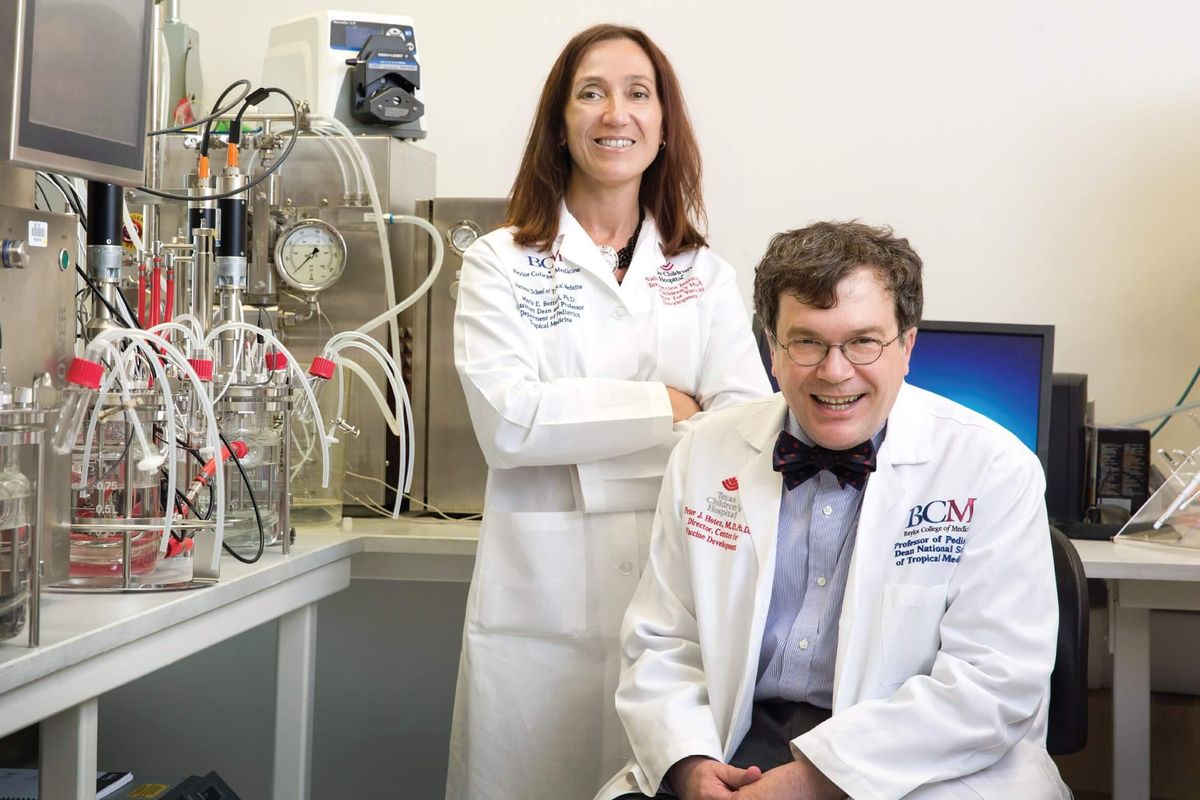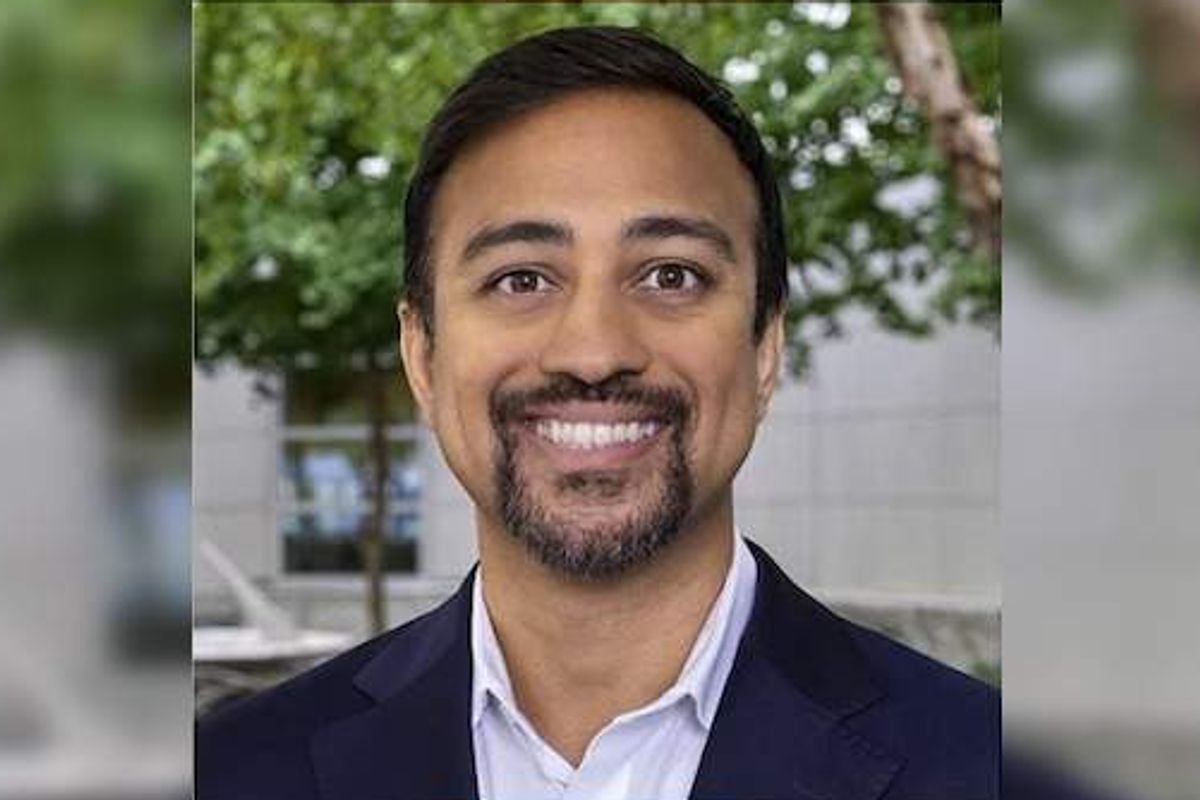Houston tech company is helping to scale breast cancer screening using IT solutions
tech detection
With October being National Breast Cancer Awareness Month, two Houston companies are working to provide a fast and accurate diagnostic solution.
Accudata Systems and Solis Mammography announced a new partnership with the creation of Center-in-a-Box, a technology solution that supports the rapid deployment of breast screening and diagnostic service. Combining IT design, engineering, equipment installation, and go-live support into one full-service package, Center-in-a-Box is forecasted to grow Solis by approximately 30 to 60 new mammography centers within the next 24 months.
Brian DiPaolo, the chief technology officer of Accudata Systems, tells InnovationMap that the product side of the solution includes equipment for a healthcare clinic, network and security infrastructure, as well as computers, tablets, phones, printers, scanners, and more.
"What differentiates Accudata is the services we provide," says DiPaolo. "From procurement and project management to design, installation, and ongoing support, Accudata is a one-stop shop for turning up a new site quickly."
According to a news release, there is a great demand to provide more centers nationwide, Solis saw the need for innovation and a cost-effective solution and turned to Accudata for assistance. In partnership with Solis, Accudata created a full-service solution for the IT design, equipment, and deployment of one clinic.
"Accudata identified the business challenge centered around people, processes, and products," says DiPaolo. "Solis was unable to scale quickly, limited resources could not provide adequate support, and they did not have the necessary project management and service delivery capabilities. Procurement from different vendors and manufacturers was difficult to manage, and the current network architecture made the process of spinning up new sites difficult and time-consuming."
DiPaolo tells InnovationMap that the company assists Solis when it's time to build out a new clinic or renovate an existing site, first performing a wireless survey to figure out the size of the clinic (small, medium, or large) and the equipment needed. Once this step is complete and the team understands the need, Accudata can begin the process of setting up the equipment in their lab before shipping it to the site and completing the deployment. The total turnaround time from purchase to clinic go-live is just three weeks.
The partnership creates a powerful match. Accudata Systems, founded in 1982 by Rich Johnson and Terry Dickson, is one of the largest IT integrators in the United States with 136 Houston-based employees, as well as a few in San Antonio and Austin and 30 in Dallas. Solis Mammography is the nation's largest independent provider of breast screening and diagnostic services with more than 50 centers in Texas, Arizona, Ohio, North Carolina, Pennsylvania, Washington, D.C, Maryland, and Virginia.
"According to the World Health Organization, breast cancer is the most frequent cancer among women, impacting 2.1 million women each year," says Solis Chief Information Officer Guhan Raghu in a news release. "Breast cancer rates are increasing in nearly every region globally, making the screening and diagnostic services Solis provides ever more vital to early diagnosis and treatment. The Center-in-a-Box IT solution developed with Accudata allows Solis to rapidly address mammography needs across the United States and further fulfill our promise to help women achieve and maintain breast health and peace of mind."




















